ISSN ONLINE(2319-8753)PRINT(2347-6710)
ISSN ONLINE(2319-8753)PRINT(2347-6710)
| Vijayaraj.J1, Dr. Swaminathan. M R2 Department of Mechanical Engineering College of Engineering, Guindy, Chennai, India1,2 |
| Related article at Pubmed, Scholar Google |
Visit for more related articles at International Journal of Innovative Research in Science, Engineering and Technology
Existing research data suggests a variation in the soot thickness along the wall-flow filters of the DPF i.e. the soot cake thickness was uneven along the length(X-axis) of the channel. This project endeavors to explore the possibility of altering the geometry of the DPF filter and hence improve regeneration by achieving a normalised soot formation. A computational, three-dimensional approach to investigate the behavior of diesel soot particles in the micro-channels of a wall-flow, porous-ceramic particulate filter is presented. The flow field is simulated with a finite volume method. Darcy’s law was used to model the porous material. The permeability was obtained by fitting experimental data namely Inlet Velocity, Exit Pressure, mass flow rate and density At this stage the effort is focused on mainly reconstructing the soot formation on the walls of the filter. The pressure drop across the channel was taken a reference value for validating the CFD model. A commercial CFD Software FLUENT R15.0 is used to analyze the soot deposition process and results to be compared with that of conventional experimental data available
INTRODUCTION |
| A diesel particulate filter (DPF) is a device fitted to a diesel vehicle which filters particulate matter (PM) from exhaust gases. It does this by trapping solid particles while letting gaseous components escape. This type of filter has been in use for over 20 years, and many variants exist. These filters enable reductions in emissions which help meet various emission standards, improving air quality and thereby health standards. |
| PM is made up of a complex mixture of solid and liquid particles, including carbon, complex organic chemicals, sulphate, nitrates, ammonium, sodium chloride,mineral dust, water and a series of metals, which is suspended in the air. PM10 refers to particles with a diameter smaller than 10μm and PM2.5 to particles with a diameter smaller than 2.5μm. They may be produced directly from a source such as an engine – or formed from reactions between other pollutants (e.g. NO2, SO2, NH3) in the air (secondary PM). |
| The health effects of PM are more significant than those of other air pollutants. Chronic exposure contributes to the risk of developing cardiovascular diseases and lung cancer. Current evidence suggests that there is no “safe” limit for exposure to fine particulate matter. Studies concluded that, although there had been improvements in pollutant levels, the average reduction in life expectancy as a result of airborne particulate matter across the population was 6 months. |
| Depth filtration is the main filtration mechanism in most dust collection devices, as well as in majority of diesel filters. For example, engine intake-air cleaners work predominantly through the depth filtration. The layer of collected dust, or diesel particulates, is itself the principal filter medium in the surface-type filters. That layer is commonly referred to as “filtration cake” and the process is called “cake filtration”. Cake filtration is very common in liquid filtration. Pure cake filtration is not observed in diesel filters or, generally, in dust collecting filters. However, some diesel filters, such as ceramic wall-flow monoliths, may work through a combination of depth and surface filtration. A filtration cake develops at higher soot loads, when the depth filtration capacity is saturated and a particulate layer starts covering the filtration surface. |
| The depth filtration relies on three mechanisms of aerosol deposition |
| 1. Diffusional deposition |
| 2. Inertial deposition |
| 3. Flow-line interception |
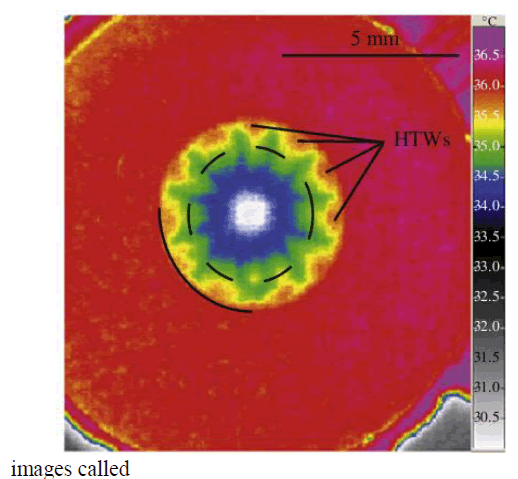 |
| Diffusional deposition (Figure above) depends on the Brownian movement exhibited by smaller particulates, particularly those below 0.3 μm in diameter. Those particulates do not move uniformly along the gas streamlines. They diffuse from the gas to the surface of the collecting body and are collected. |
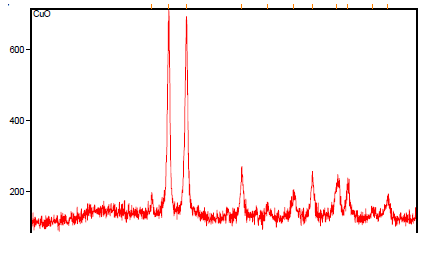 |
| Inertial deposition (Above Figure), also called inertial interception, becomes more important with increasing particle size (mass). On approaching the collecting body, particles carried along by the gas stream tend to follow the stream but may strike the obstruction because of their inertia. |
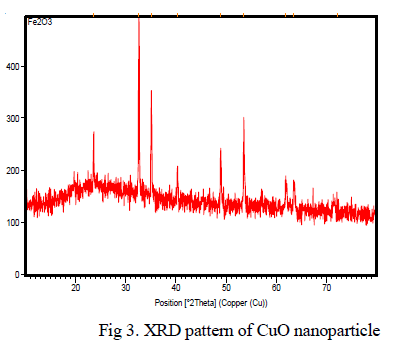 |
| Flow-line interception may occur when a fluid streamline passes within one particle radius of the collecting body. Then, a particle travelling along the streamline will touch the body and may be collected without the influence of Brownian diffusion or inertia. |
II. REGENERATION |
| DPFs need to be emptied of trapped particulate matter regularly. This is done by a process called regeneration, which involves burning the soot to gas at a very high temperature, leaving behind only a very small residue. Regeneration, If not carried out properly, can lead to a build up of soot which can affect performance and ultimately lead to expensive repair costs. This has led to some diesel vehicle owners removing their DPFS. However, DPF removal has both legal and social implications. |
Passive regeneration |
| Passive regeneration takes place automatically on motorway or fast A-road runs when the exhaust temperature is high. Because many cars don't get this sort of use vehicle manufacturers have had to design-in 'active' regeneration where the engine management computer (ECU) takes control of the process. |
Active regeneration |
| When the soot loading in the filter reaches a set limit (about 45%) the vehicle's ECU will initiate post combustion fuel injection to increase the exhaust temperature and trigger regeneration. If the journey is too short while the regeneration is in progress, it may not complete and the warning light will come on to show that the filter is partially blocked. |
| It should be possible to complete a regeneration cycle and clear the warning light by driving for 10 minutes or so at speeds greater than 40mph |
| Symptoms of active regeneration |
| Cooling fans running |
| Increased idle speed |
| Deactivation of automatic Stop/Start |
| A slight increase in fuel consumption |
| A hot, acrid smell from the exhaust. |
| Engine note change |
| If the regeneration is unsuccessful due to an insufficient driving cycle the extra fuel injected into the cylinders will not burn and will drain into the sump. As a result, oil quality will deteriorate and the level will rise. Most DPF equipped engines will have an oil quality/viscosity sensor but it is important to check that the oil level does not increase above the maximum level on the dipstick as diesel engines can run on their own oil if the level is excessive – often to the point of destruction. If DPF warning light is ignored and driving is relatively slow, stop/start pattern, soot loading will continue to build up until around 75% when you can expect to see other dashboard warning lights come on too. At this point driving at speed alone will not be enough and but will need a 'forced' regeneration. |
Forced regeneration |
| Forced regeneration is required where `Active` regeneration criteria have not been met or where soot levels have increased within the DPF to a point where normal regeneration cannot be performed: typically around 70% soot loading. At this point the vehicle will enter a 'restricted performance' mode to prevent further damage. If left the soot loading will keep rising. At this level of soot loading a diagnostic tool must be used to force regeneration. Above around 85% soot loading regeneration can no longer be performed on the vehicle and the DPF will need removing to be cleaned or replaced. |
| Forced regeneration is a typical of some stationary engine applications as in mining. |
Forced Regeneration Scenarios: |
| Frequent short journeys where the engine does not reach normal operating temperature Wrong oil type - DPF equipped cars require low ash, low sulphur engine oils A problem with the inlet, fuel or Exhaust Gas Recirculation (EGR) system causing incomplete combustion will increase soot loading. A warning light on or diagnostic trouble code logged in the engine management system may prevent active or catalyst regeneration Low fuel level will prevent active regeneration taking place. As a general rule ¼ tank is required Oil counter/service interval - exceeding the service interval may prevent regeneration Additive tank low or empty - if the vehicle uses additive a low level may prevent regeneration. |
DPF additives |
| The most commonly fitted type of DPF has an integrated oxidising catalytic converter and is located very close to the engine where exhaust gases will still be hot. This heat means that passive regeneration is more likely to be successful. Some models, across a wide range of manufacturers, use a different type of DPF which relies on a fuel additive containing Cerium (III) Oxide. Cerium ignites at a lower temperature and adheres to the soot particles meaning regeneration can occur at a lower temperature. |
| The additive is stored in a separate tank next to the fuel tank and is automatically mixed with the fuel. Only very small quantities are used so a litre of additive should treat around 2800 litres of fuel – enough to cover 25,000 miles at 40mpg. It lasts about 70000 miles and is replenished during a service. |
III. SCOPE OF CURRENT WORK |
| A continuing effort of the research community aims at producing optimized diesel traps with the highest filtering efficiency and the lowest pressure drop. Specifically, attention is paid to the filter regeneration cycle which is a strong function of particle deposition mechanisms. In short, the filter must be re-generated (the deposited soot is burnt) to avoid large pressure drop (detrimental for engine performance) and loss of filtering efficiency. However, since regeneration is a highly polluting phase, the environmentally optimal cycle length must be identified. During the filter cycle, particles driven through the filter deposit, foul and eventually plug specific filter areas, giving rise to a spatially non-uniform deposition as shown below. |
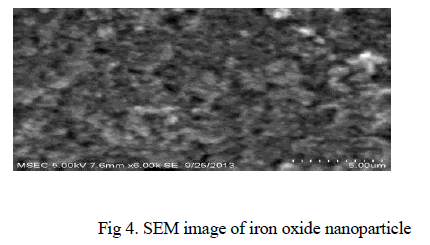 |
| Optimal filtering efficiency leading to longer regeneration cycles would be ensured by uniform particle distribution in the filter cross-section so that filtering load is distributed uniformly among the micro-channels (Sbrizzai et al.,2004) and by uniform particle deposition inside each single micro-channel. |
| This study aims to understand the impact of a set of geometries on the DPF channel shape and or overall DPF filter shapes on the nature of the soot loading based on which a suitable channel/DPF structure can be identified for a normalised soot cake formation behaviour |
| To understand and possibly optimize particle deposition inside micro-channels we have to rely on accurate local measurements and on accurate and reliable three-dimensional simulations. Measurements are hard and costly (Saracco et al., 1999) and literature shows a surprising lack of sophisticated simulations ofthree-dimensional particle behaviour inside the flow field developing in the porous walls micro-channels characterizing the ceramic filter. Precisely, this lack of literature is the motivation for our study. |
| Particle deposition is dominated by the flow field, the characteristics of which have been addressed by the scientific literature only in a macroscopic way. |
IV. METHODOLOGY |
METHODOLOGY FOLLOWED |
| Modeling of DPF using Design Modeler was created. The same model was used to generate computational grid using Ansys. Using the specified boundary conditions the flow field and the soot accretion were obtained Pressure drop across the channel was used as a reference value for validating the model and analysis process. |
PRESENT WORK |
| Following were completed as part of phase I |
| ïÃâ÷ 3D model of a DPF wall flow filter |
| ïÃâ÷ Meshing of the model was completed |
| ïÃâ÷ Flow field simulation was completed |
| ïÃâ÷ Soot particle accretion was accomplished |
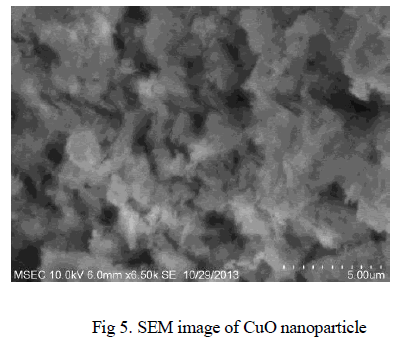 |
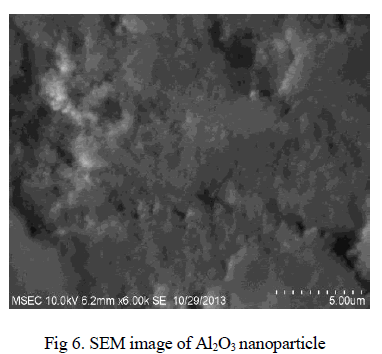 |
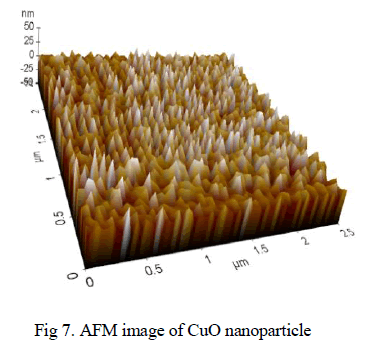 |
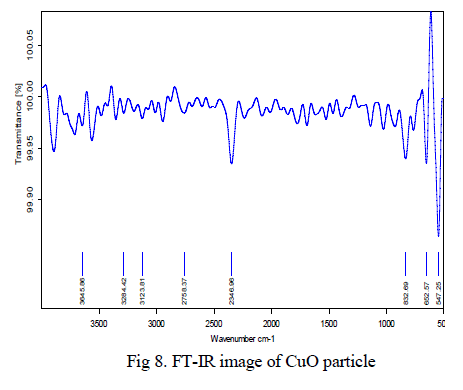 |
References |
|